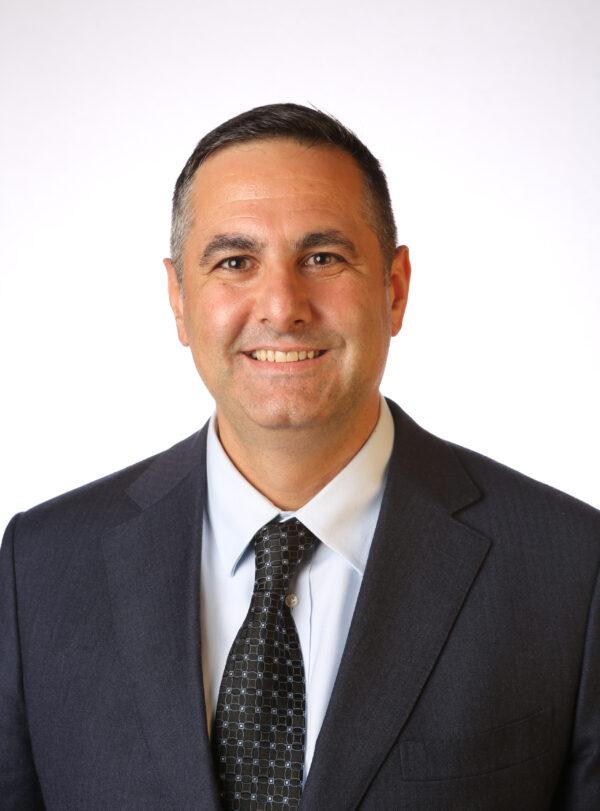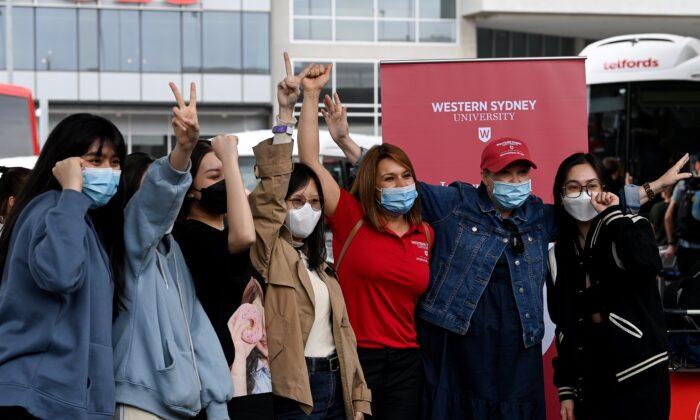An American scholar has raised concerns about Australian universities’ treatment of international students whom he said have received a “really low-class education” while their money is being used to fund “big-ticket research” and drive up the universities’ rankings.
During the launch event for his new book at the Centre for Independent Studies, Associate Professor at the University of Sydney Salvatore Babones said there are “many abusive practices” in the recruitment and retention of international students.
“When I say international students are themselves, victims, a lot of that is because they’re being offered a really low-class education,” Babones said on March 30. “Those resources are not being ploughed back into making sure you have a successful career at university.”

The distinguished scholar also noted that, unlike American universities, Australian schools do not invest in programs to help international students transition to universities, such as special language classes.
Instead, the money is being “skimmed off” on a marginal revenue basis to fund strategic research projects controlled by senior university management. This would then be used to “fuel a rise up in the rankings for Australian universities.”
This has been revealed in the improvements of Australian universities’ rankings since 2014 when there is “a massive run-up in Australia’s concentration of highly cited researchers.”
“International students are cash cows milked for research dollars. That is absolutely true,” Babones said.
“Universities have been recycling international student revenue into hiring what are called highly cited researchers.”
“That’s not because we’ve suddenly become much better at research. It’s because Australian universities have gone out and bought people who are on the list.”
One of the tactics used by universities to “game the rankings” is recruiting highly cited Chinese researchers through the One Thousand Talents program, with the scholars being given the opportunity to live in Australia while continuing their research programs in China.
“I don’t see anything immoral in the person taking it,” Babones added. “I see a problem in the university targeting this approach of gaming the rankings, instead of trying to improve their overall productivity across the entire university as a strategy for improving rankings.”
“The commonwealth pays for the classrooms, the commonwealth pays for the libraries, the commonwealth pays for the campuses, and the international student revenue is free cash flow on top of that,” Babones added.
“If you think of a class of 100 students, typical Australian university, well stuff in 50 more, make it 150 students and use that extra revenue to pay the extra tutor you need, and use the rest of it to fund big-ticket research.”
“That’s fundamentally the financial model of International Education and Australian universities.”




